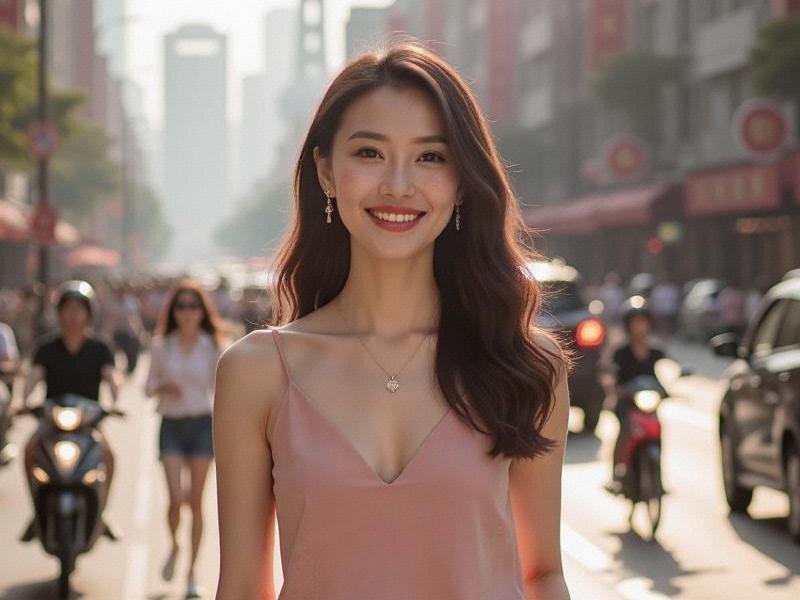The Shanghai Woman: Evolution of an Urban Archetype in China's Global City
⏱ 2025-06-03 00:05 🔖 爱上海娱乐联盟
📢0℃

Living Icons
In the quiet hush of a Xintiandi photography studio, 78-year-old Madam Wu watches her granddaughter pose for corporate headshots. "We wore qipaos to office jobs in the 1950s," she muses. "Now they wear power suits but keep the same Shanghai confidence."
Historical Foundations
1. Golden Age (1920s-1940s):
- Modern Girl (摩登女郎) phenomenon
- Qipao fashion revolution
- First generation of working women
- Western-educated returnees
2. Socialist Period (1950s-1970s):
- Blue uniform practicality
- Factory worker ideals
- Gender equality policies
- Domesticity pressures
Contemporary Expressions
上海龙凤千花1314
Professional Archetypes:
- Finance district executives (32%)
- Creative industry leaders (28%)
- Tech entrepreneurs (18%)
- Cultural ambassadors (22%)
Cultural Significance
Symbolic Dimensions:
- Urban sophistication benchmark
- Chinese modernity embodiment
- Tradition-innovation balance
- Global-local negotiation
Economic Influence
Consumer Power:
上海贵族宝贝sh1314 - 68% luxury purchases
- 42% startup founders
- 85% household financial control
- 91% education decisions
Fashion Evolution
Style Trajectory:
- 1980s: Color renaissance
- 1990s: International brands
- 2000s: Hybrid aesthetics
- 2020s: Sustainable luxury
Media Representation
Cinematic Portrayals:
- 1930s: Tragic heroines
- 1950s: Revolutionary models
爱上海 - 1990s: Material girls
- Present: Multidimensional characters
Global Comparisons
International Counterparts:
- Parisian women contrasts
- New Yorker similarities
- Tokyo women parallels
- Hong Kong differences
Future Projections
Next-Generation Trends:
- Digital identity curation
- Work-life integration
- Environmental activism
- Cultural leadership
"Concrete Jungles & Water Towns: The Symbiotic Evolution of Shanghai and the Yangtze Delta"Shanghai 2035: Building the World's Most Advanced Megacity ClusterShanghai’s Fintech Renaissance: Blending Ancient Wisdom with Blockchain Innovation"Neon & Nostalgia: How Shanghai's Elite Clubs Are Redefining Nightlife in the Metaverse Era"The Silicon Bund: Shanghai's Rise as Asia's Premier Innovation HubShanghai Ladies: A Blend of Tradition and Modernity"Quantum Bund: How Shanghai Became the World's First Post-Modern Metropolis"Shanghai's Cultural Renaissance: How the Pearl of the Orient Is Redefining Chinese ModernityShanghai and the Surroundings: A Cultural Exploration"Beyond Porcelain Skin: How Shanghai Women Are Rewriting China's Beauty Standards"
"Silk, Screens and Self-Expression: Shanghai Women Redefining Beauty in the Digital Era"The New Shanghainese Woman: Redefining Beauty and Ambition in China's Global CityThe Greater Shanghai Megaregion: How One City is Redefining Urban Integration in China"Shanghai 2025: The City Where Future and Tradition Share a Skyline"Exploring the Rich Tapestry of Shanghainese Culture: A Journey Through Tradition and ModernityShanghai 2045: Reinventing Urban Civilization at the Yangtze Delta"Silk and Smartphones: The Dual Identity of Shanghai's Modern Women"Shanghai's Dual Identity: Where Futurism Meets Nostalgia in China's Premier Global CityShanghai 2025: Where Futurism Meets Tradition in China's Global MegacityShanghai 2040: The Making of a Global Megacity Region

